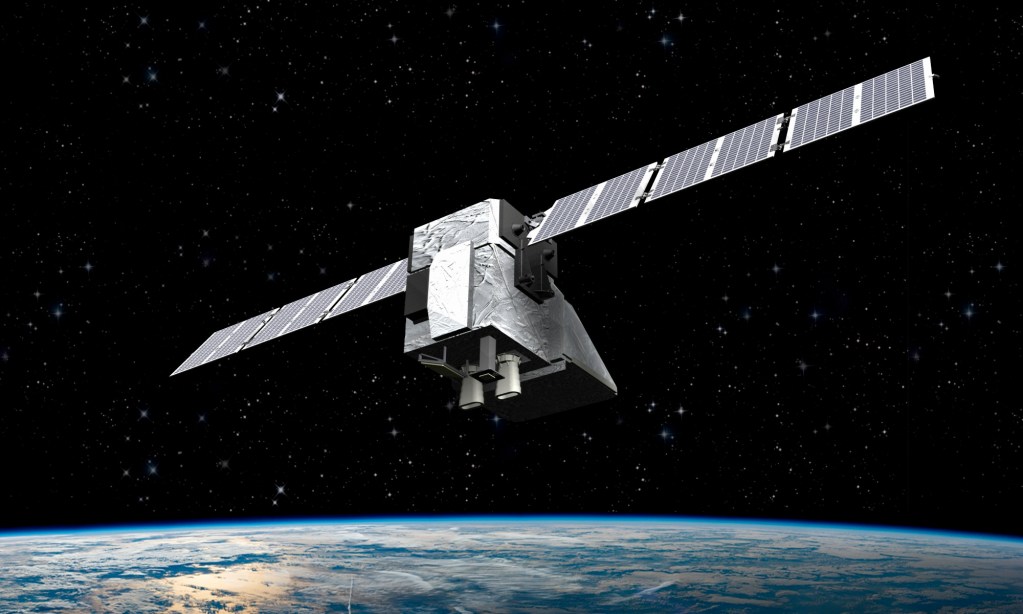WASHINGTON — MethaneSAT, a privately funded satellite designed to monitor methane emissions, has ceased operations after just over a year in orbit. The satellite, launched to provide critical data on greenhouse gas emissions, experienced an unexpected failure, leaving scientists and environmentalists concerned about the gap in data collection.
The satellite was part of an ambitious project aimed at providing detailed measurements of methane, a potent greenhouse gas contributing significantly to climate change. MethaneSAT was expected to deliver high-resolution data to help identify emission sources and support global efforts to reduce atmospheric methane levels.
Background and Mission Objectives
MethaneSAT was launched in 2022 by the Environmental Defense Fund (EDF), a leading nonprofit environmental advocacy group. The satellite was designed to fill a critical gap in the current capabilities of methane monitoring by offering more precise and frequent data collection than existing satellites.
The mission aimed to enhance transparency and accountability in methane emissions reporting, providing data that could inform policy decisions and corporate strategies. MethaneSAT was intended to track emissions from oil and gas operations, agriculture, and other industrial activities worldwide.
According to EDF, the satellite was equipped with advanced sensors capable of detecting methane concentrations with unprecedented accuracy. This capability was expected to revolutionize how industries and governments approach methane emission reductions.
Technical Challenges and Failure Analysis
The failure of MethaneSAT highlights the technical challenges inherent in satellite operations. While the specific cause of the failure has not been publicly disclosed, experts suggest that issues such as equipment malfunction, software errors, or collision with space debris could be potential factors.
Dr. Sarah Thompson, a satellite engineer with the National Aeronautics and Space Administration (NASA), commented on the situation:
“Space missions are inherently risky. Even with rigorous testing and quality control, unforeseen issues can arise once a satellite is in orbit.”
Efforts are underway to analyze the failure and determine whether any data can be salvaged from the satellite’s brief operational period. The loss of MethaneSAT underscores the importance of redundancy and backup systems in space-based environmental monitoring.
Implications for Climate Monitoring
The premature end of MethaneSAT’s mission represents a setback for global climate monitoring efforts. Methane is a significant contributor to global warming, and accurate data is essential for developing effective mitigation strategies.
John Martinez, a climate scientist at the University of California, emphasized the importance of continuous monitoring:
“Without consistent data, it’s challenging to track progress and hold emitters accountable. MethaneSAT was a crucial tool in our arsenal for combating climate change.”
The loss of this satellite means that researchers and policymakers will have to rely on other, potentially less accurate, sources of data until a replacement can be launched. The EDF has not yet announced plans for a successor to MethaneSAT, but the organization remains committed to its mission of reducing methane emissions.
Looking Ahead: The Future of Methane Monitoring
Despite the setback, the demand for accurate methane monitoring continues to grow. The failure of MethaneSAT may accelerate efforts to develop new technologies and launch additional satellites dedicated to environmental monitoring.
Several countries and private organizations are already investing in satellite technologies to enhance climate data collection. The European Space Agency (ESA) and NASA have ongoing projects aimed at improving the accuracy and frequency of methane measurements from space.
As the world grapples with the impacts of climate change, the need for reliable data has never been more critical. The lessons learned from MethaneSAT’s failure will likely inform future missions, ensuring that new satellites are better equipped to withstand the challenges of space.
The environmental community remains hopeful that advancements in technology and international collaboration will lead to more robust and reliable climate monitoring systems in the near future.
About The Author
 Waffle House Removes Egg Surcharge as Prices Fall
Waffle House Removes Egg Surcharge as Prices Fall Falcon 9 Successfully Launches European Satellite for Weather and Pollution Monitoring
Falcon 9 Successfully Launches European Satellite for Weather and Pollution Monitoring Developing Nations Gain Nutritional Edge with Seafood Imports
Developing Nations Gain Nutritional Edge with Seafood Imports Puzzle Game Empowers Kids to Outthink AI in Problem-Solving
Puzzle Game Empowers Kids to Outthink AI in Problem-Solving Jefferson Lab: Pioneering Advances in U.S. Physical Sciences
Jefferson Lab: Pioneering Advances in U.S. Physical Sciences